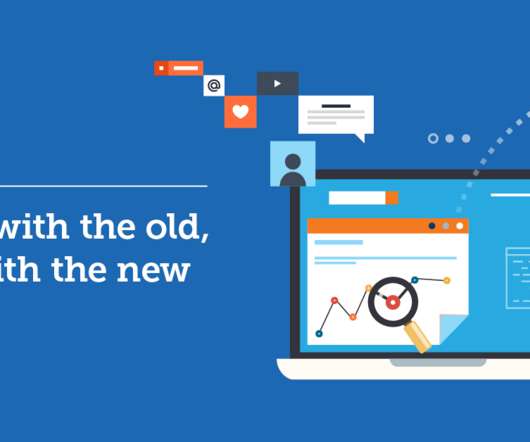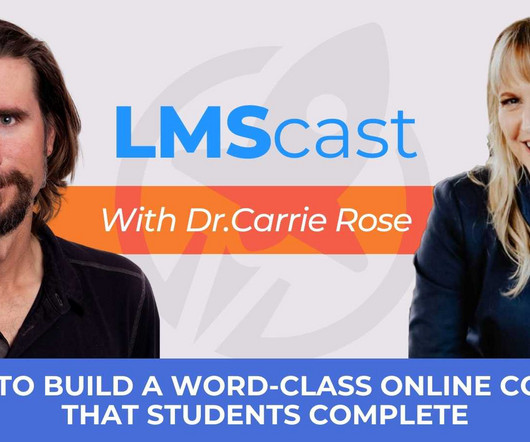The Psychology of How Learners Explore and Find Information Online
SHIFT eLearning
APRIL 8, 2014
Psychologists, eLearning professionals and other experts have always been interested in how we consume information online. Receiving and transmitting information are not new to us. But our entirely novel information environments are clearly shaping the way we search for and consume information. They hunt for information.






















Let's personalize your content